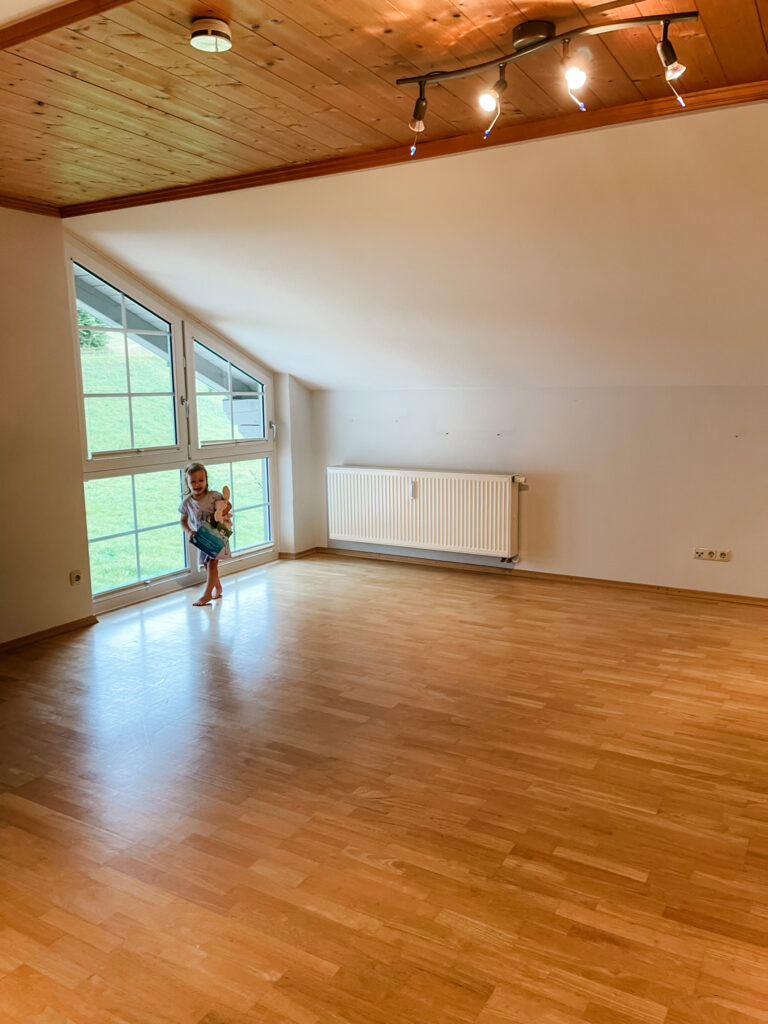I never really had any issues with damp in the home when we lived in the US. However, as soon as we moved to Germany, it became a big problem. Since there isn’t central heating/cooling in Germany, you have to take extra precautions to prevent damp. Damp can be a pesky problem, but luckily there are a whole range of things that you can do to reduce the amount of damp you have or to help prevent it.
Damp causes a range of health issues, including respiratory infections, and impacts the immune system. Aside from the health issues, it can damage the surrounding areas because prolonged water against many materials will rot them.

So what can you do to reduce dampness in your home?
Where to look for damp
When there is damp, typically, there is a source that can be found. Here are some of the most common sources of damp or where you can look for it:
Subfloor wall vents – ensure that the subfloor is clear and all vents are unblocked.
Downpipes and gutters overflowing gutters can have a significant impact on the walls and roof. Leaks from an incorrectly connected downpipe can also cause an issue. Check for standing water around the base, and look to see that all rain is making itself down the pipes, not falling over the edge of the gutter.
Ducting and Extractor fans should be at least 150mm in diameter, and the duct should be intact. Ducts should be as straight as possible.
Clothes dryers (clothes horses) cause moisture to get into the air, and that can cause mold and dampness.
The attic can be a source of damp if any of the roof is damaged, and unfortunately, many people don’t realize it until the damage is significant.
Basements are known for being dark and damp; this is a bigger job to tackle and will need the correct wet basement solutions.
You can check these areas most effectively by using a hygrometer, a small gadget that measures the temperature and humidity. Depending on the reading, you will know if you are at risk of damp or if you have damp already.
How can you reduce the damp in your home?
Prevention is better than cure, but when you start taking small actions, you will notice a difference very quickly.
- Extractor fans are a great easy to quickly remove condensation from hot pans. Make sure to clean them regularly, though, so they have maximum impact.
- Bathroom fans should be turned on and high before any bathing or showers and left running until there is no moisture in the air.
- In the winter, move furniture away from the walls so that the air can properly circulate, and this will discourage mold.
- When possible dry washing outside
- Air out your home on a regular basis so that the air quality is good, but also that any condensation is let out too.
- When cooking, put the lid on the pot to stop the hot steam from billowing up and landing on the walls and other surroundings.
- The wardrobe is an unlikely mold suspect, but it is more common than you think; try to air your wardrobe at least once a week or keep the door ajar for ten minutes a day.
- When the outside is damp, be sure to use a dehumidifier, as this will reduce the condensation (but it won’t stop damp).
Damp can also put a slow on any home renovations that you want to complete. So it is always best to tackle it asap.







Leave a Reply